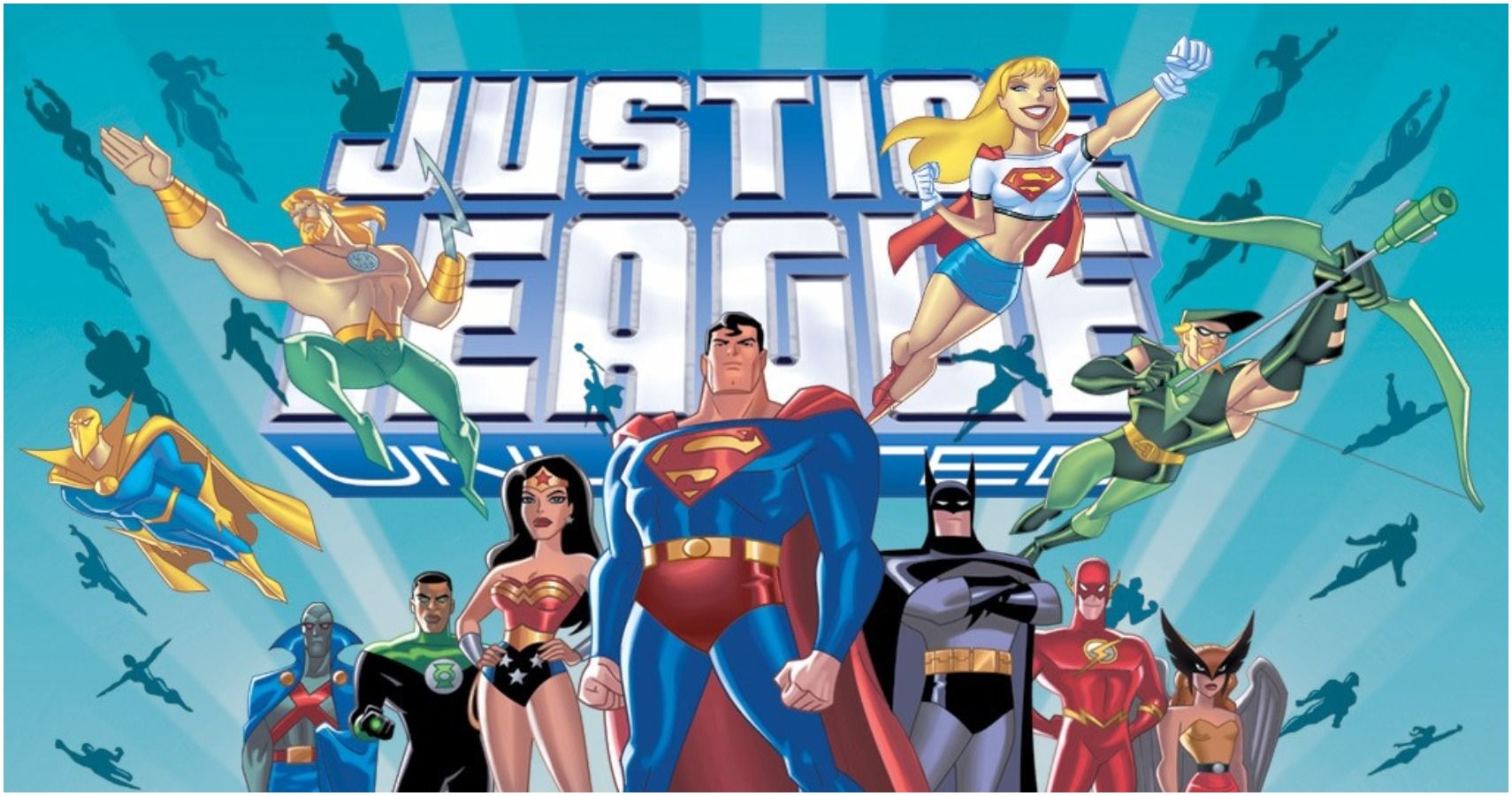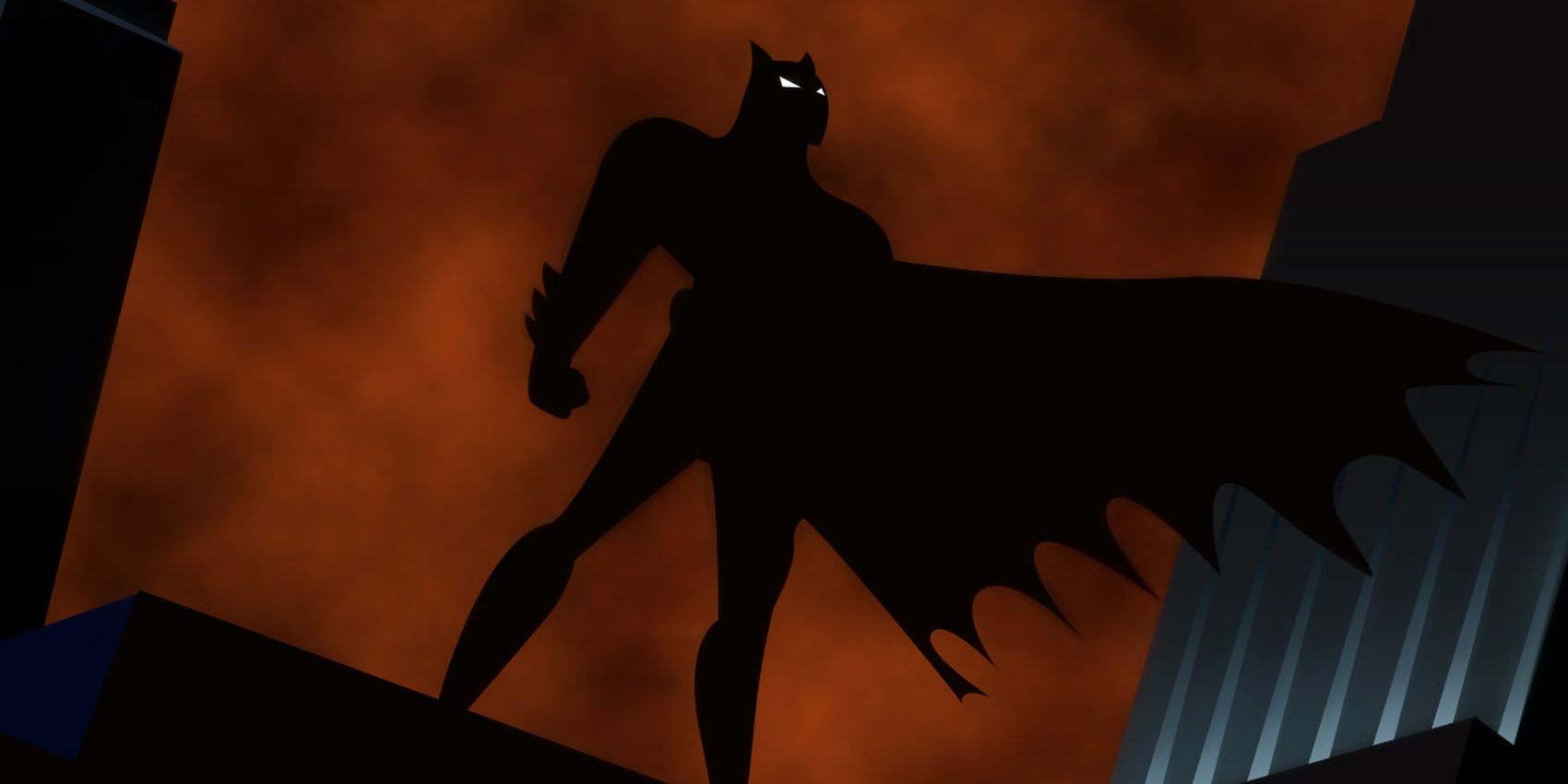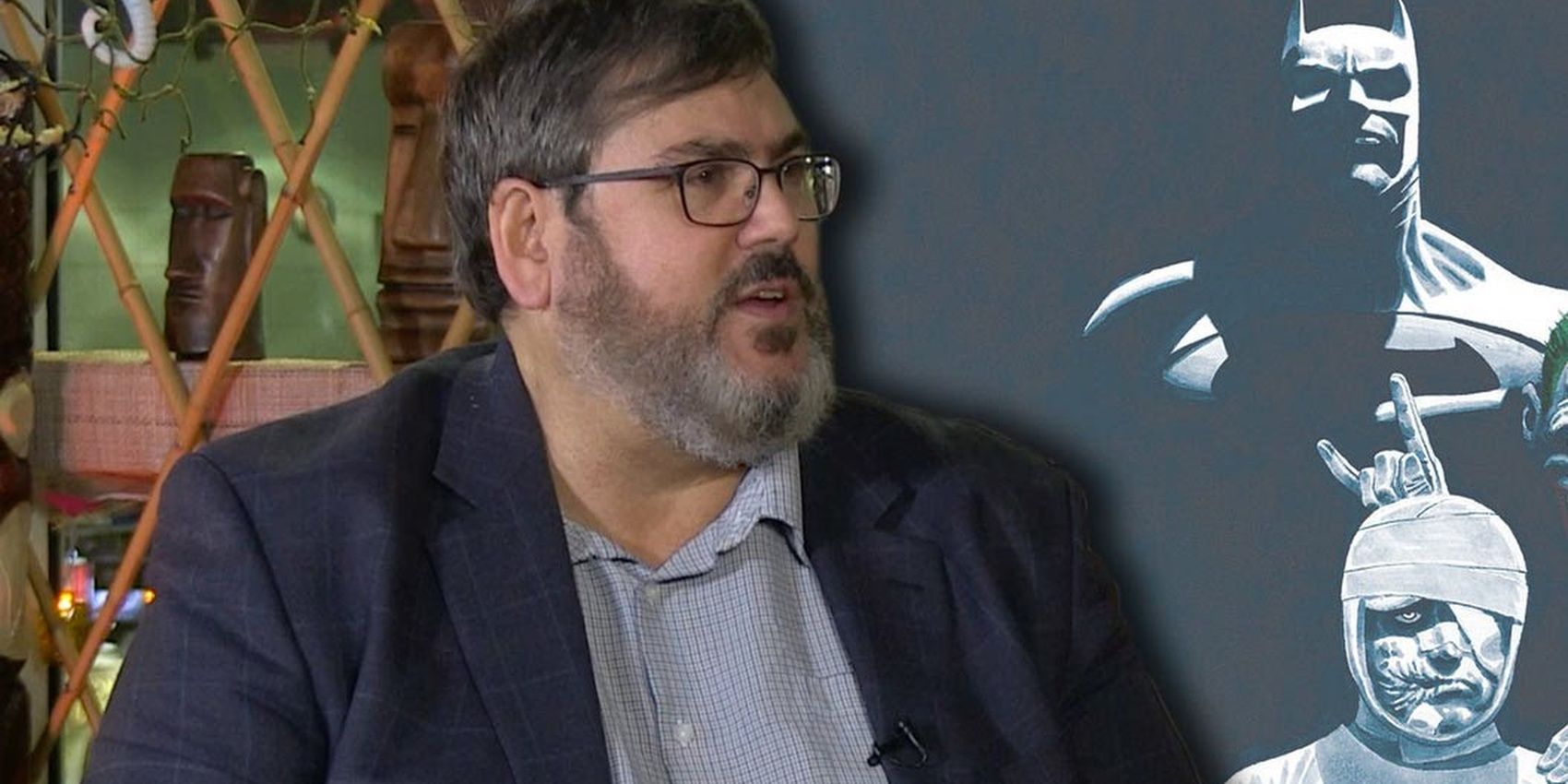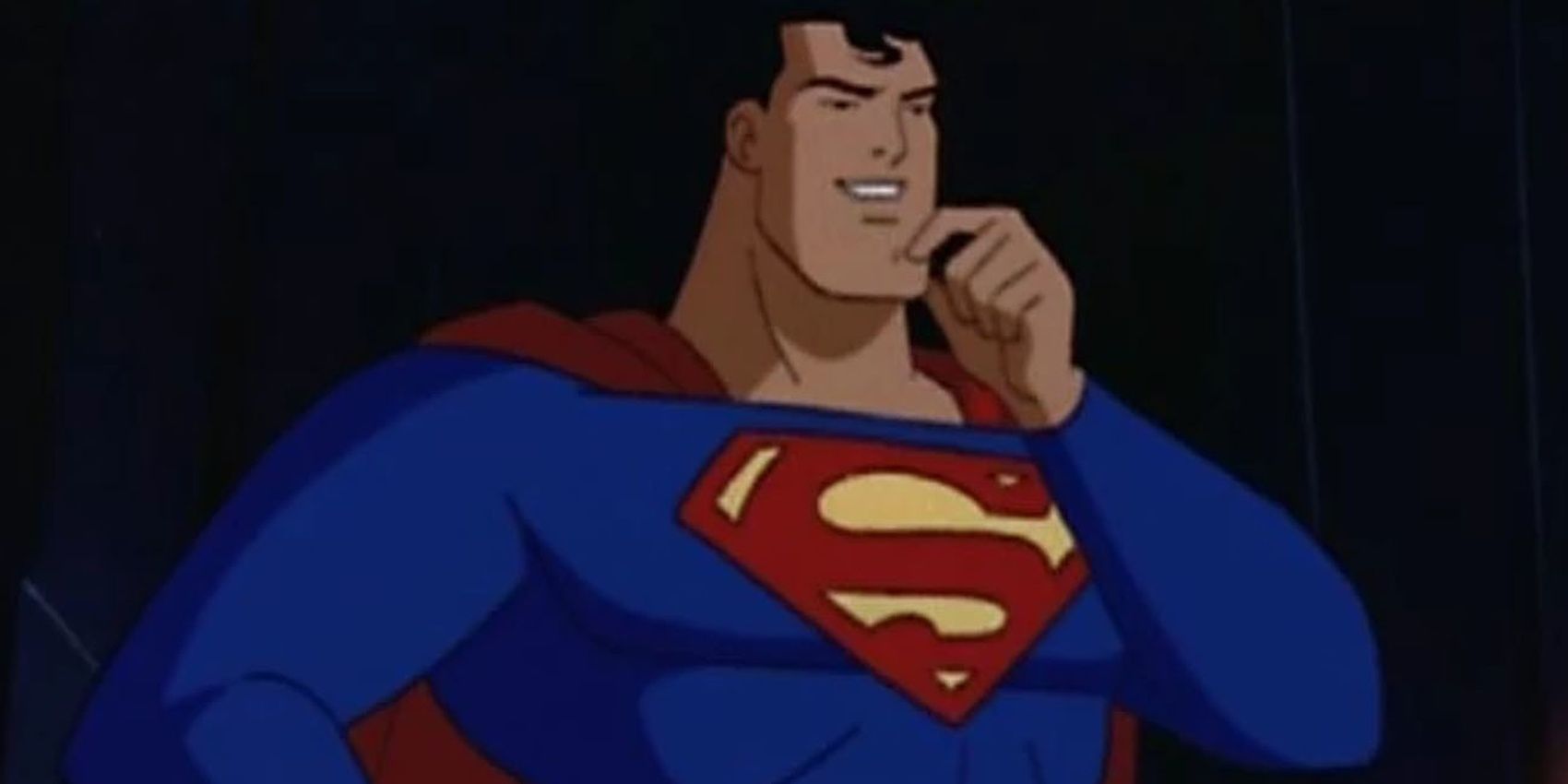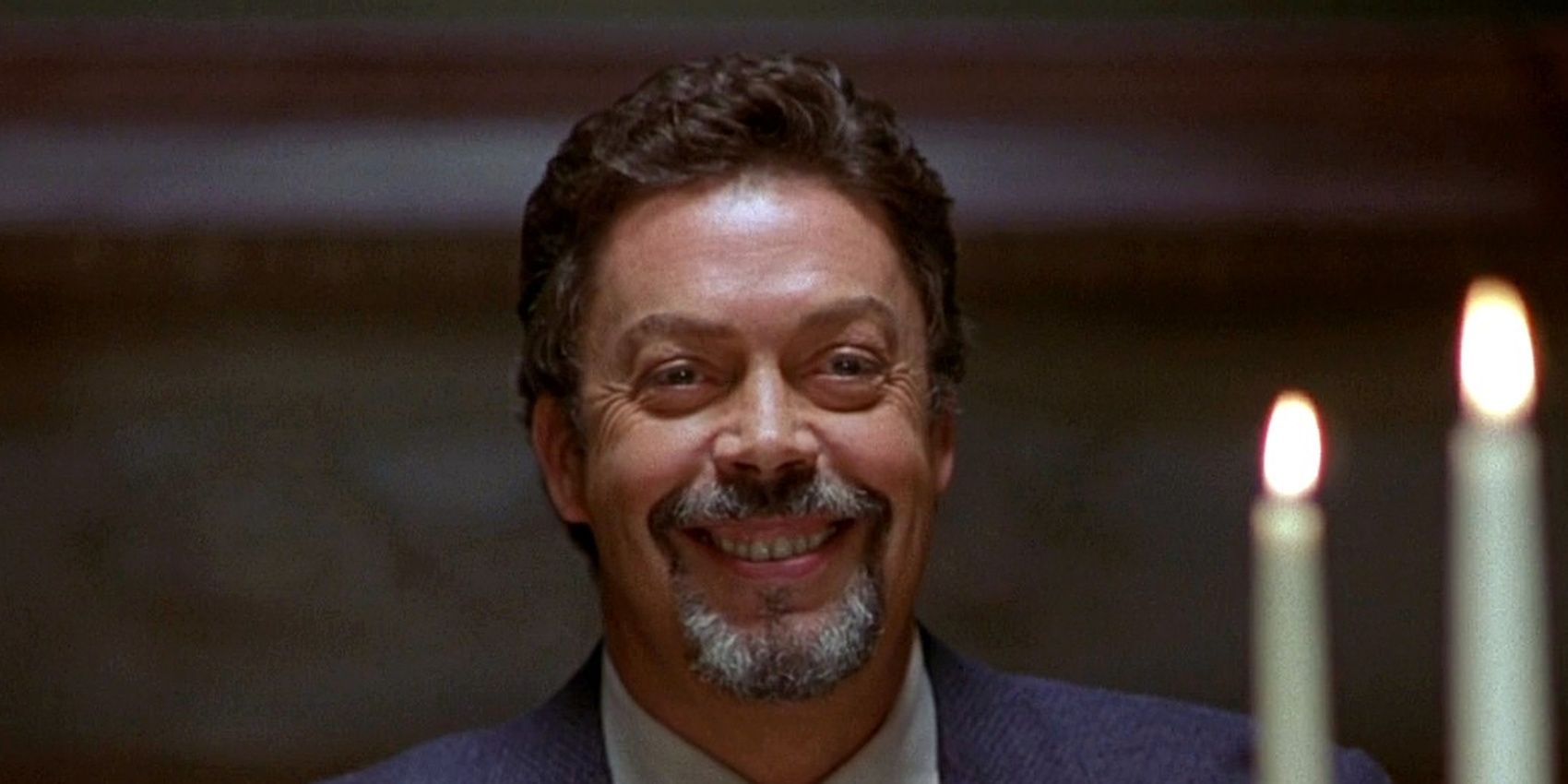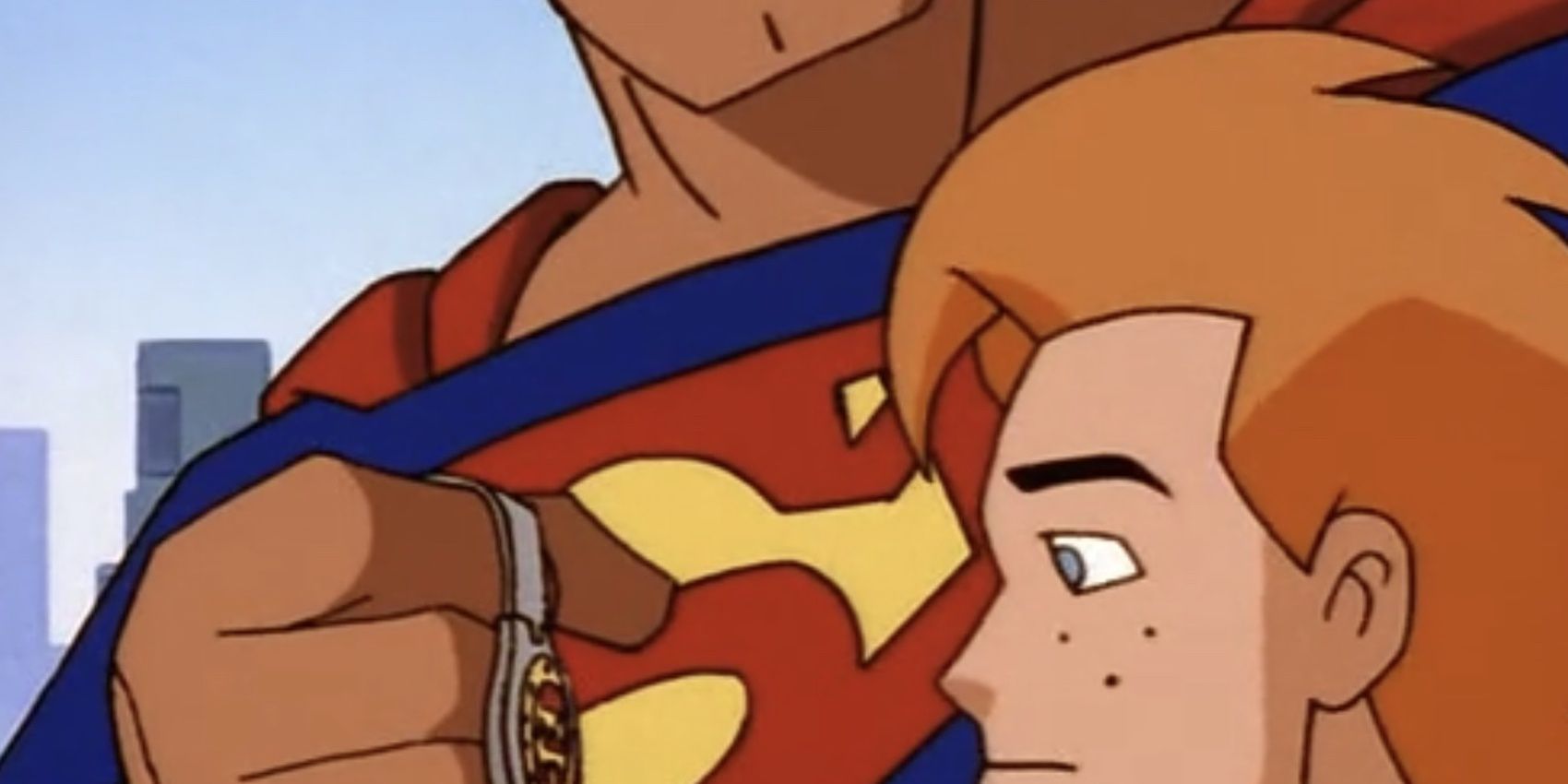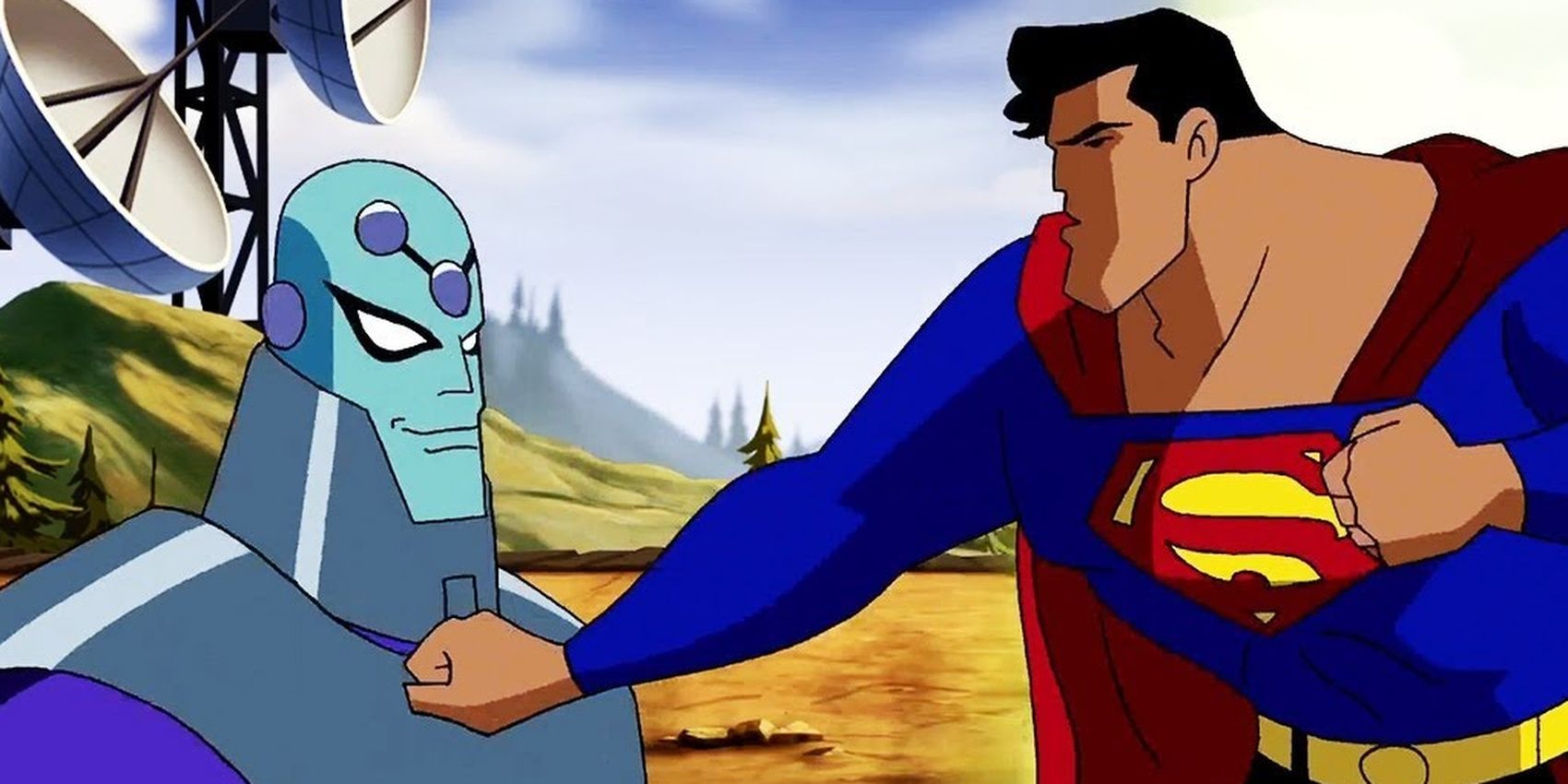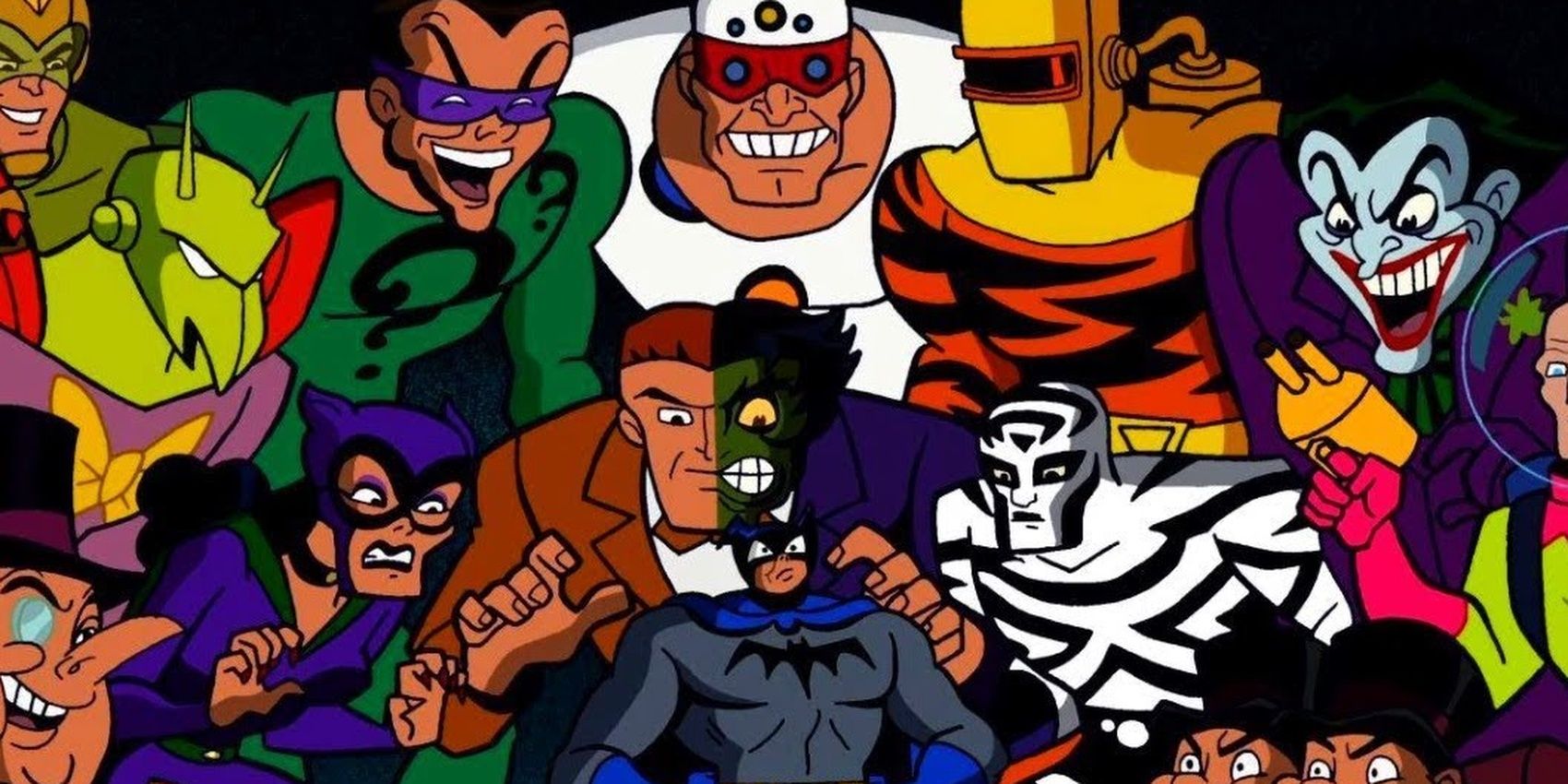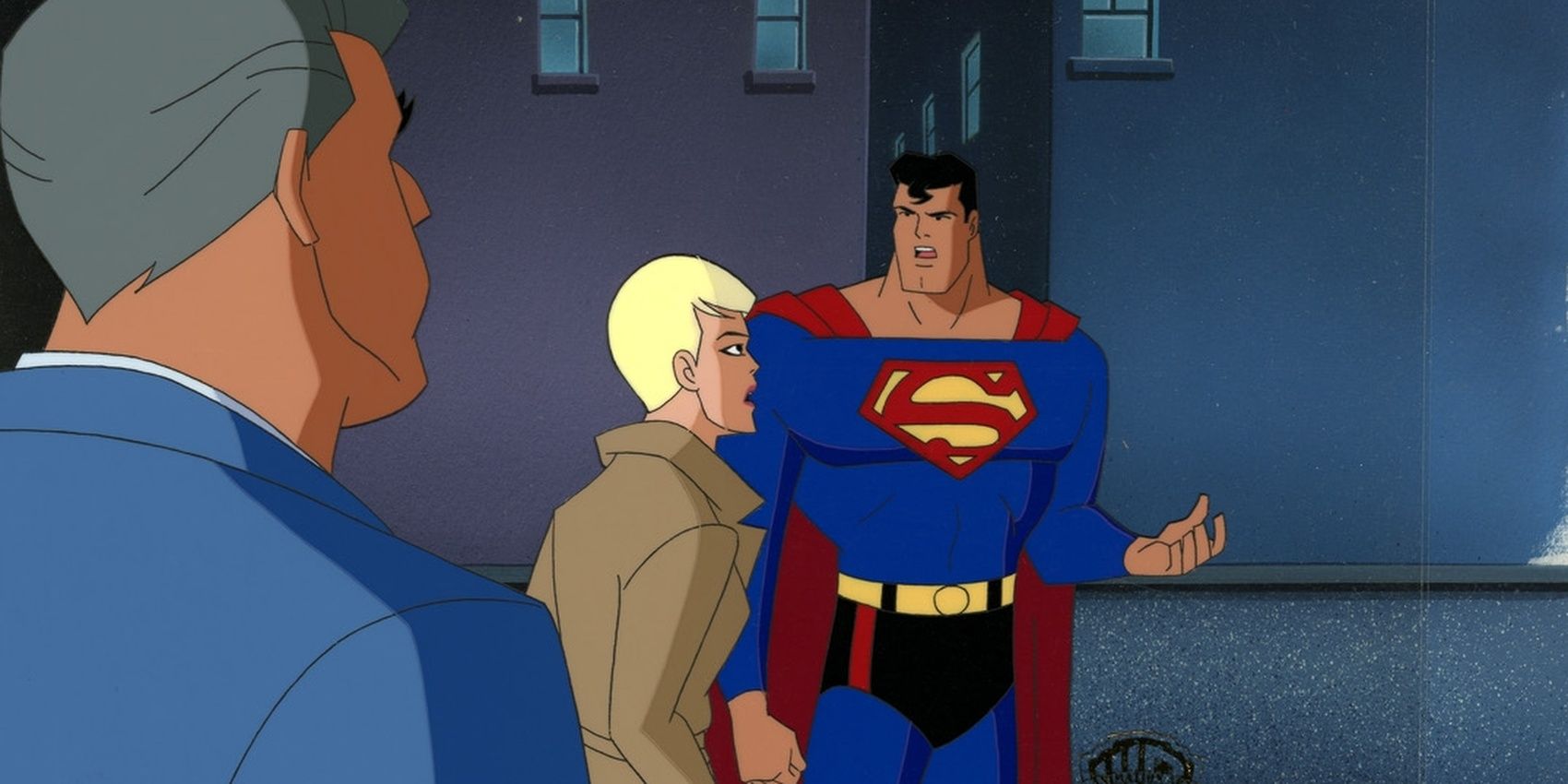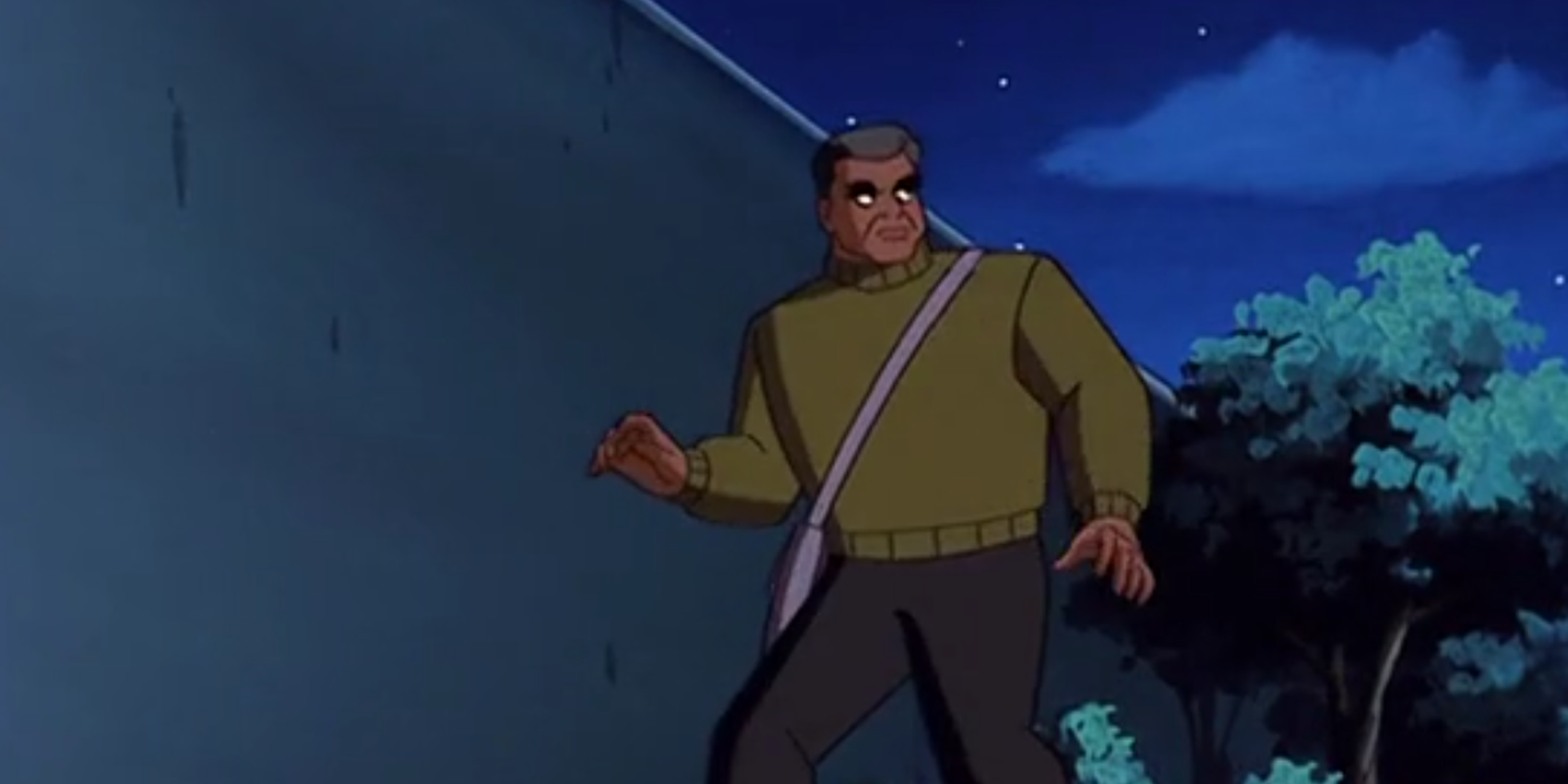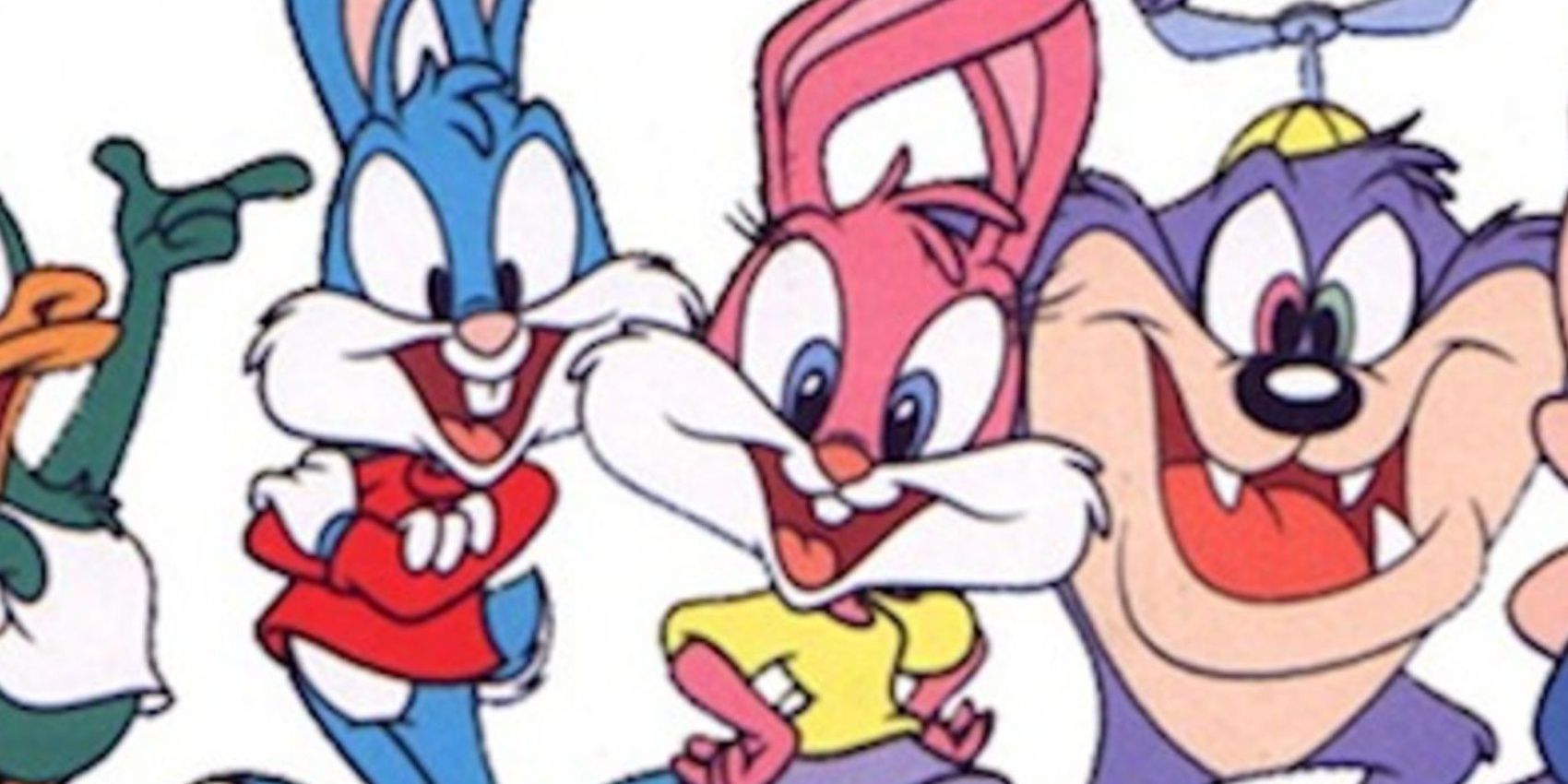One of the most groundbreaking, and accidental, achievements in the history of televised animation, the DC Animated Universe not only reshaped the perception of cartoons, but it also altered the scope of what could be accomplished through the medium.
Spanning over several series and years, the sprawling endeavor invariably required the aid of multitudinous talented creators; and, as with any television dynasty, there are a host of production details that have since become legendary, and almost equally as many that have remained concealed or lost to time. Listed below are the greatest production secrets of the fabled DC Animated Universe.
10 Black Paper
Forging the proverbial genetic material that would spawn subsequent series, Batman: The Animated Series was innovative on the even the most granular of levels. Much is, rightfully, attributed to Bruce Timm's slick character designs, but an unsung visual element was the series' ominous backgrounds and architecture produced by Eric Radomski.
In a stroke of design genius, Radomski demanded that the backgrounds be drawn on black paper to elicit the signature somber tone of the series. It's hard to imagine the series without this indelible addition.
9 Paul Dini Worked On Transformers
Everyone has to start somewhere. Almost unanimously praised as the king of 90's animation, Batman: The Animated Series owes a debt to one of the most beloved 80's cartoon franchise, in that of Transformers. Again, while Bruce Timm is widely regarded as the central figure around which the series span, there was an array of talented writers-more on them shortly- that cleaved a clear path towards animation legend. One such writer was Paul Dini who cut his narrative teeth working on several episodes of Transformers.
8 Superman: The Animated Series' Botched Intro
The striking intro to Batman: The Animated Series eschewed the use of a title card, banking on the intrinsically iconic silhouette of the Caped Crusader instead of gaudy text. In the team's sophomore effort, Superman: The Animated Series, a similar approach was commissioned for the Man of Steel.
However, a rushed production saddled the show with an underwhelming series of clips extracted from the episodes. Only one shot of the original intro remains in the final version, and it's Superman flying across the night's sky.
7 Tim Curry As The Joker
In one of the greatest second acts in Hollywood history, Mark Hamill found international acclaim voicing the Clown Prince of crime in Batman: The Animated Series; however, he wasn't the first choice for the famous Harlequin of Hate. Legendary character actor Tim Curry was originally slated to lend his larynx to help vivify the animated Joker.
It's even rumored that Curry recorded several episodes before the switch to Hamill was finalized. Curiously, much like the previous entry, only one clip of Curry's Joker voice exists.
6 The Creative Team Hates Superman's Pal
You can't hit a home run with every time at-bat. Although comprised of more hit than miss, the mammoth DC Animated Universe contains more of the latter than many fans would care to admit.
Internally, one of the creative team's most reviled episodes resides in season three of Superman: The Animated Series. Superman's Pal, episode eight of the third and final season, is panned by Timm, Dini, and others during a DVD special feature as complete "non-starter" and "arguably one of their worst episodes ever".
5 Brainiac Revised
A proponent of comic accuracy, hence the popularity of the DC Animated Universe among die-hard comic book fans, Bruce Timm tried to veer from the canon as little as possible. Yet, when it came time to create Superman: The Animated Series, the creative team found themselves struggling to introduce Brainiac.
In a last-minute overhaul of the established continuity, series writer Alan Burnett opted to include Brainiac within Superman's Kryptonian origin. Burnett frequently battled with Timm for this inclusion until the latter softened to the augmentation.
4 Direct Successors
As mentioned throughout this list, the DC Animated Universe wasn't a one-man show. In the trenches of the writer's rooms and drafting tables, there was a litany of talented creators steering the fledgling DC Animated Universe. Two of the most notable junior staff members were Glen Murakami and James Tucker. After Justice League Unlimited took its final bow, Murakami and Tucker went on to produce Teen Titans and Batman: Brave and the Bold respectively, effectively making both series tangential successors to the DC Animated Universe.
3 LGBTQ+ Representation
Having a positive representation of LGBTQ+ characters didn't happen much in children's television of the '90s, mostly because having any LGBTQ+ characters was impermissible for children's television of the '90s. In the comics that the DC Animated Universe was based on, those restrictions were beginning to loosen. One such character was Maggie Sawyer, an openly gay member of the science police. In Superman: The Animated Series, when Maggie is hospitalized, the creative team made sure to include her comic accurate lover as a bedside visitor.
2 Dan Turpin Is Jack Kirby
The yin to Maggie Sawyer's yang is a hard-nosed cop named Dan Turpin, created by comic legend Jack Kirby. Comprised of a crew of massive Kirby devotees, the creative team decided to take liberties with Kirby's design for the character by turning Turpin into an animated version of Kirby.
To further elucidate the correlation, Turpin gains prominence during the New Gods arc by attaining a heroic death. Ergo Turpin's animated demise is symbolic of Kirby's actual death, which had just recently occurred in the '90s.
1 Bruce Timm On Tiny Toons
Mirroring Paul Dini's tenure on the Transformer writing staff, Bruce Timm found early employment as an animator on Tiny Toons. When he discovered that Warner Bros. had plans of creating supplemental Batman media to capitalize on the movie franchise, Timm began to work before he was officially commissioned.
Dumping his Tiny Toon pages in the trash, Timm began to feverously design his iconic take on the Dark Knight. His efforts weren't in vain, as the series became a massive juggernaut with Timm at the helm.

